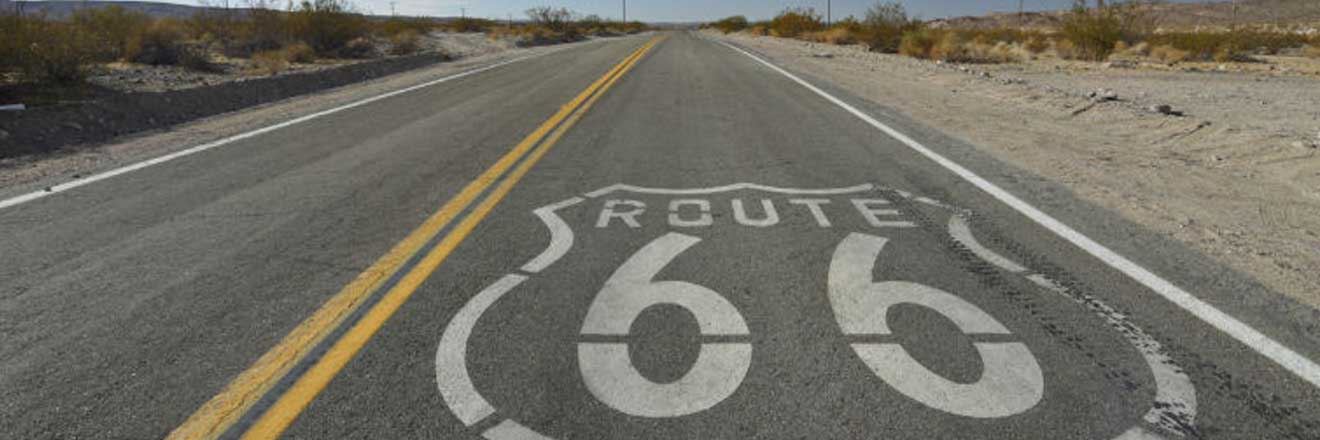Taking your car abroad can be daunting, but with a little research and some careful planning you'll be on the road in no time.
There are some factors to consider when taking your car abroad. To help make your trip less daunting, this guide explains the paperwork you'll need and how to prepare your car. We'll also give an overview of licensing requirements and import and export rules.
- International driving permits
- Personal paperwork
- Exporting your car
- Preparing your car
- Practical tips for driving outside the EU
International driving permits
Most countries outside the EU will still accept a full, valid UK driving licence. However, you'll also need an International Driving Permit (IDP).
There are two types of IDP:
- The IDP 1949 and 1968, valid in most of countries.
- The IDP 1926, valid in Mexico, Iraq and Somalia.
You can check the government website for a full list of which IDPs are needed for each country. They are available from the Post Office, the RAC or the AA for £5.50. You'll need to fill out a form, prove that you are a resident of GB or Northern Ireland, you have passed your driving test and you are over 18.
Remember that an IDP is only valid with your full photocard driving licence.
It's also important to note that an IDP is different from an International Driving Licence (IDL), so don't confuse the two.
Personal paperwork
There is some paperwork to put in order, especially your passport and full driving license.
A valid car insurance policy that guarantees cover in every country you travel to is a legal requirement. You should always check with your insurer to make sure you're covered for the country you're visiting. If you're an AXA customer, see further information on countries you're covered to drive in. You'll also need your original V5C vehicle registration document in your vehicle at all times.
Exporting your car
Many customs offices outside Europe require European drivers to pay a deposit for import duties and taxes. These charges vary according to local tax law. If you'd rather sort everything before you get to your destination country, you may want to consider a Carnet de Passage en Douanes, which is also known as Carnet de Passage or Carnet.
A Carnet is required for travel in Africa (except Tunisia and Morocco), Australia, New Zealand, Asia, the Middle East, and is recommended for most South American countries. It is five, 10 or 25-page document that acts as a passport for your car. It'll grant entry and exit into five different countries, or on five different occasions, without tax and duties.
The only Carnet de Passage issuer in the UK is the RAC, which charges fees of £215 - £225, plus a refundable security deposit based on the value of your vehicle, your car insurance premium, and the risk level of the country you're travelling to.
Preparing your car
Many countries have laws about what you must carry in your car. Common requirements are a warning triangle, first aid kit, reflective/high vis vest, a clearly displayed UK sticker and spare headlight bulbs. You may also want to consider:
- A fire extinguisher
- Basic tool kit
- A tyre inflator and sealant kit
- Spare antifreeze, oil and water
It's a good idea to keep a note of crucial numbers to call in case of anty issues, including the international numbers for your insurer, and the local emergency number.
Before setting off, it's important to give your car a once-over to make sure it's in good condition to travel. Check the tyre tread depth (a minimum of 1.6mm is required) and pressure levels. Get under the hood and check your oil and coolant levels, as well as refilling the wiper fluid. If there are any strange engine noises or other concerns, don't put them off: now is the time to see a trusted mechanic.
Practical tips for driving outside the EU
It's wise to research local laws, hazards and customs before you set off. A great place to start your research is the British Government’s website, which suggests driving cautiously, and provides a breakdown of travel advice for 225 countries or territories. From there, we recommend looking into the following areas:
- Whether the country drives on the left or the right.
- Speed limits – remember, many countries state limits in km/h, not mph as in the UK.
- Drink-driving limits – it's best not to drink at all when driving, but strict limits in some countries mean not drinking the night before is essential too.
- Legal driving ages – some countries also have specific laws about women driving.
- Local toll roads and bridges – it's sometimes handy to keep change in a hidden place, like the glove box, in the car.
- Road signs – knowing the visual cues is essential to make sure you're following local road safety laws.




